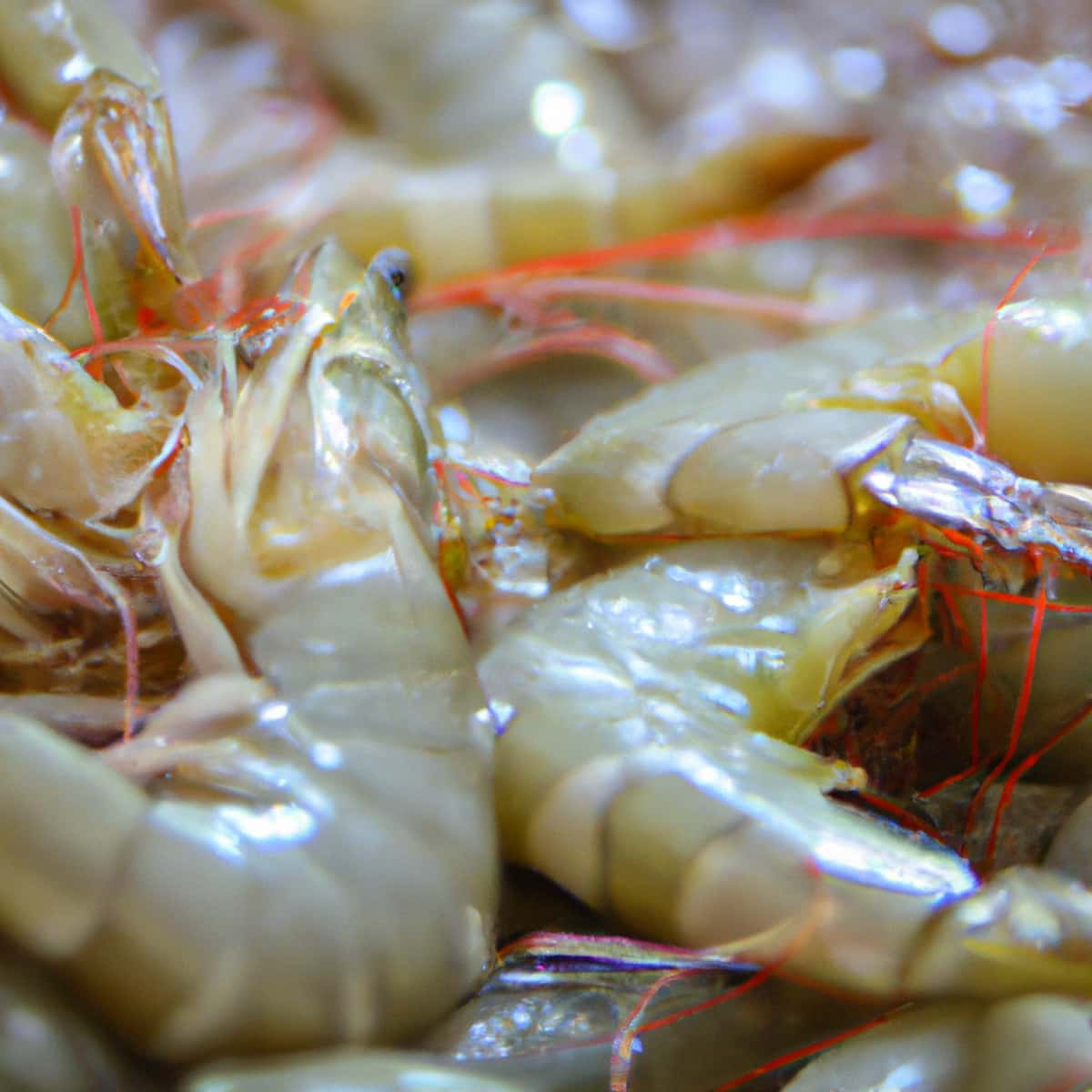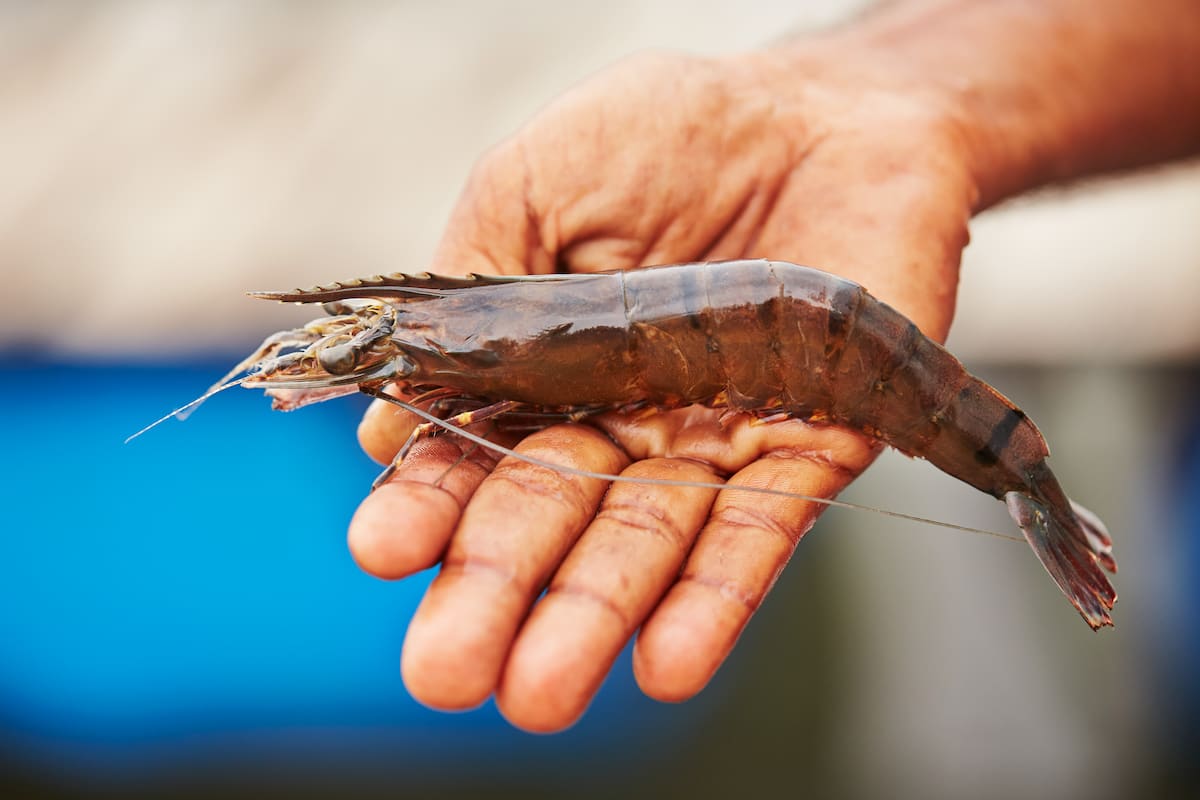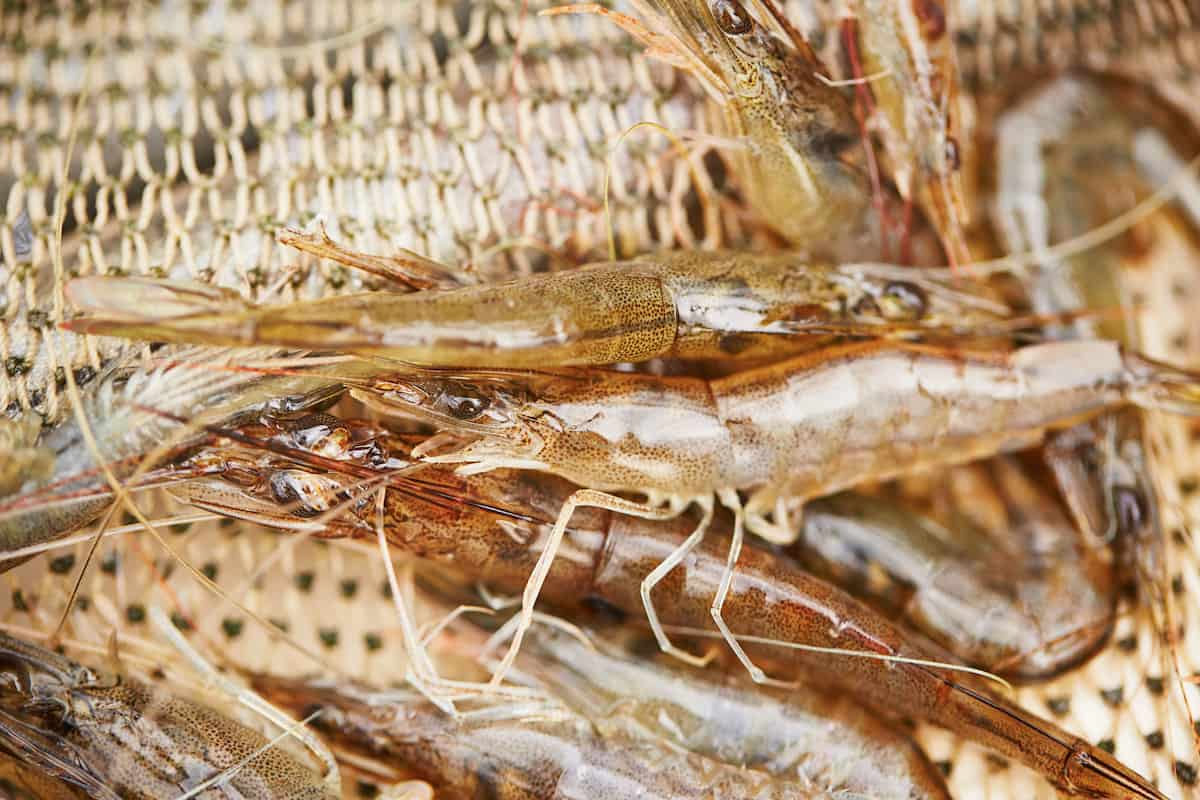Shrimp farming has been a rapidly growing aquaculture business in the last decade. However, it suffers significant obstacles as a result of disease issues. Infectious agents like viruses, bacteria, fungi, and parasites can cause shrimp diseases, as can non-infectious variables such as environmental circumstances.

The white-spot disease is one of the most difficult to combat in shrimp farming. Effective management and prevention measures, including adopting biosecurity measures and disease-resistant breeds, are critical to preserving cultured Shrimp’s health and assuring the industry’s long-term viability.
Hepatopancreatic Parvo-like Virus (HPV) in Shrimp (Prawn)
Introduction to Hepatopancreatic Parvo-Like Virus (HPV) in Shrimp
Shrimps are susceptible to the extremely contagious Hepatopancreatic Parvo-like Virus (HPV), which is a significant cause of the outbreak. The virus is so called because it can harm the Shrimp’s hepatopancreas, a crucial organ in digestion and food absorption.
The HPV virus seriously harms Shrimp’s digestive tract, which manifests in symptoms like decreased appetite, lethargy, and weight loss. The virus poses a danger to the worldwide shrimp farming sector since it can, in extreme situations, result in high fatality rates. Controlling the spread of this virus requires effective management and preventative measures.
The Pathogen Responsible for Shrimp Hepatopancreatic Parvo-like Virus (HPV)
The Hepatopancreatic Parvo-like Virus, a small parvo-like virus about 22-24 nm in diameter, is the principal cause of the disease in Shrimp (HPV). This virus is responsible for considerable digestive system damage in Shrimp, resulting in symptoms such as decreased appetite, lethargy, weight loss, and even death.
What are the Signs and Symptoms of Hepatopancreatic Parvo-like Virus (HPV) in Shrimp
- Hepatopancreatic parvo-like virus (HPV) in Shrimp has several signs and symptoms.
- These include reduced feeding and poor growth rate.
- Body surface and gill fouling with ciliates may occur, and the abdominal muscles may become opaque.
- Severe infections can result in a whitish and atrophied hepatopancreas, anorexia, and reduced preening activity.
- Increased occurrences of surface and gill fouling organisms and secondary infections by opportunistic Vibrio spp. can lead to losses.
- Prompt identification and implementation of management practices can help reduce the impact of HPV on shrimp production.
- Reduced feeding and poor growth rate
- Body surface and gill fouling with ciliates, occasionally leading to the opacity of abdominal muscles.
- Severe infections may result in a whitish and atrophied hepatopancreas, anorexia, and reduced preening activity.
- Increased occurrence of surface and gill fouling organisms and secondary infections by opportunistic Vibrio spp. can lead to losses in the shrimp farming industry.
In case you missed it: Yellow-head Disease Management in Shrimp (Prawn): Symptoms, Causes, Diagnosis, Treatment, Control, and Prevention

Diagnosis of Hepatopancreatic Parvo-like Virus (HPV) in Shrimp
- Histopathological demonstration: Using the hematoxylin and eosin staining procedure, a shrimp sample can be collected and inspected for single conspicuous basophilic (pinkish) intranuclear inclusion bodies in hypertrophied hepatopancreatic tubule epithelial cells. The host cell’s chromatin will be squeezed, marginated, and displaced.
- Transmission electron microscopic demonstration: The virus can be confirmed by examining the sample under a transmission electron microscope, showing visions of 22-24 nm in size.
Treatment, Prevention, and Control of Hepatopancreatic Parvo-like Virus (HPV) in Shrimp
Prevention and control of the Hepatopancreatic Parvo-like Virus (HPV) in Shrimp is essential to minimize economic losses and maintain a sustainable shrimp farming industry. Prevention and management of hepatopancreatic parvo-like virus (HPV) in Shrimp involve obtaining and maintaining disease-free stock and implementing good management practices. There is currently no reported treatment for this virus.
- Water quality management: Environmental degradation and secondary bacterial infections caused mass mortality of Shrimp in affected ponds. Water quality parameters such as total suspended solids, chemical oxygen demand, biochemical oxygen demand, and free ammonia were above tolerable levels. Therefore, keeping the physicochemical conditions of the pond environment within acceptable levels is crucial for preventing disease outbreaks.
- Closed culture: Bacterial and viral pathogens can spread through external sources such as contaminated water from feeder canals. Closed culture systems can be useful in preventing HPV disease by preventing the introduction of external pathogens.
- Screening before stocking: Screening post-larvae (PLs) before stocking Shrimp can prevent the introduction of infected animals into the pond. Routine histology or the Giemsa-impression smear method can be used for screening PLs.
- No treatment available: Unfortunately, no treatment is available for HPV infection. Therefore, prevention is critical to minimize economic losses and maintain a sustainable shrimp farming industry.
In case you missed it: White Spot Disease Management in Shrimp (Prawn): Symptoms, Causes, Diagnosis, Treatment, Control, and Prevention

Conclusion
Hepatopancreatic Parvo-like Virus (HPV) is a serious viral disease affecting shrimp farming. The primary cause of the disease is attributed to viral etiology, and infected shrimps exhibit various symptoms, including discoloration of the cephalothorax region, necrotic and blackened hepatopancreas, and secondary bacterial infection. The disease can be diagnosed by histopathological examination, and no treatment is currently available.
Prevention and control of the disease involve maintaining acceptable physicochemical conditions in the pond environment and screening the post-larvae before stocking Shrimp. Overall, effective management strategies for HPV are crucial to prevent and control outbreaks and ensure the sustainability of the shrimp farming industry.
- Beneficial Insects in Pest Management
- Natural Solutions for Pest Control in Flower Gardens
- Types of Fungicides Used in Agriculture
- Common Issues in the Fruit Development Stage of Pomegranate Farming
- Fruit Development Issues in Papaya: Easy Solutions and Treatment
- Soil-Borne Diseases and How to Protect Your Plants
- Practices to Prevent Disease Spread in the Garden
- From Wilted to Thriving: How to Treat Root Rot Naturally in Houseplants
- Natural Remedies to Cure Brown Spots on Fig Tree Leaves